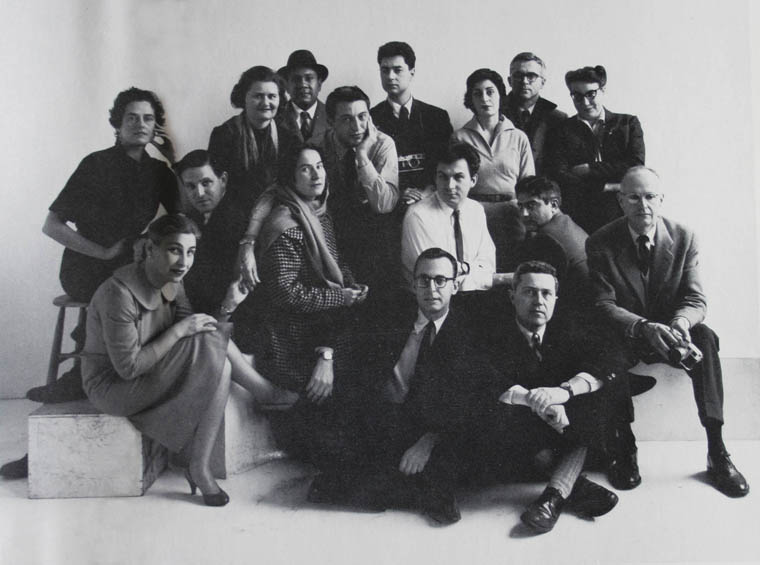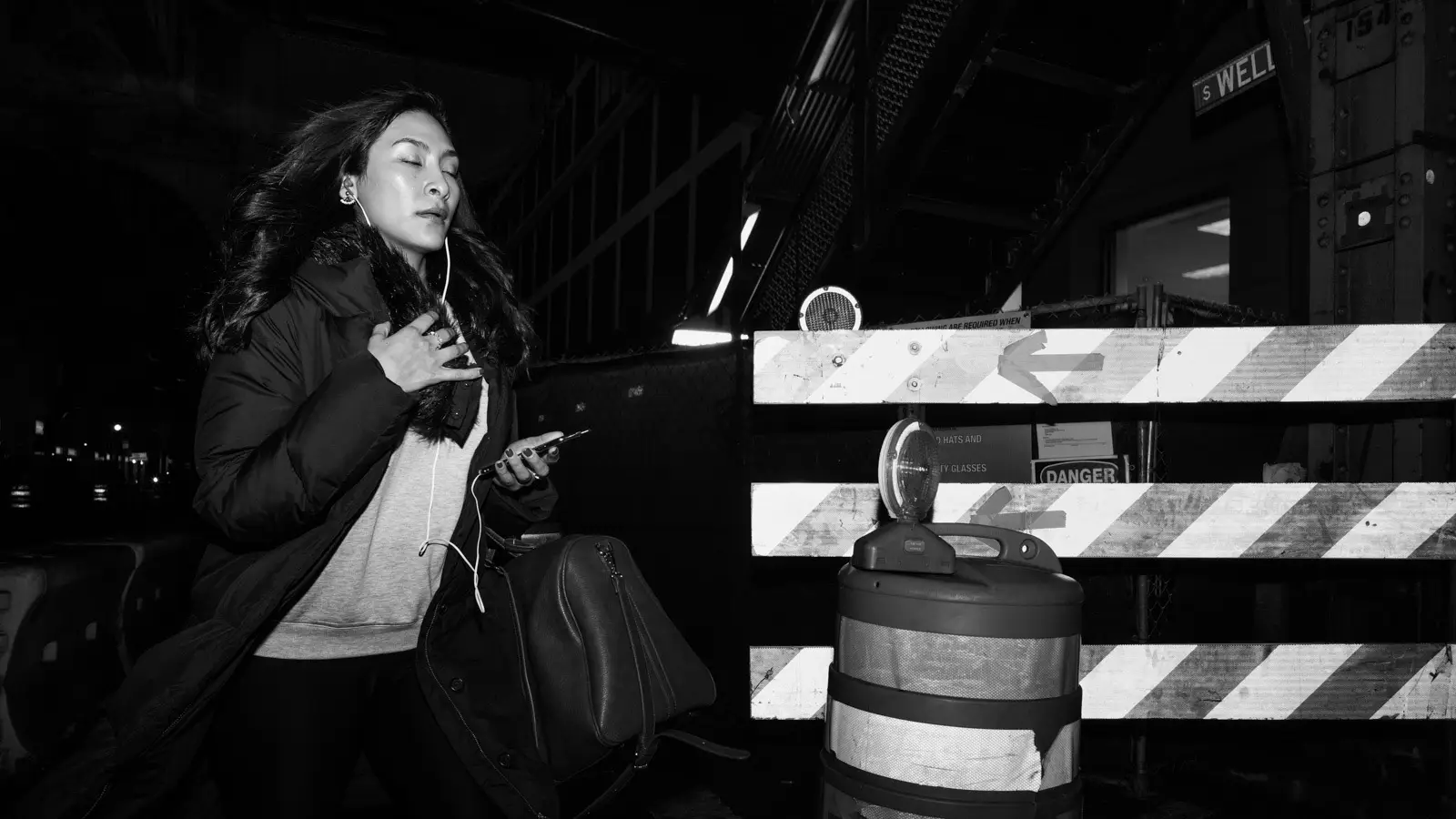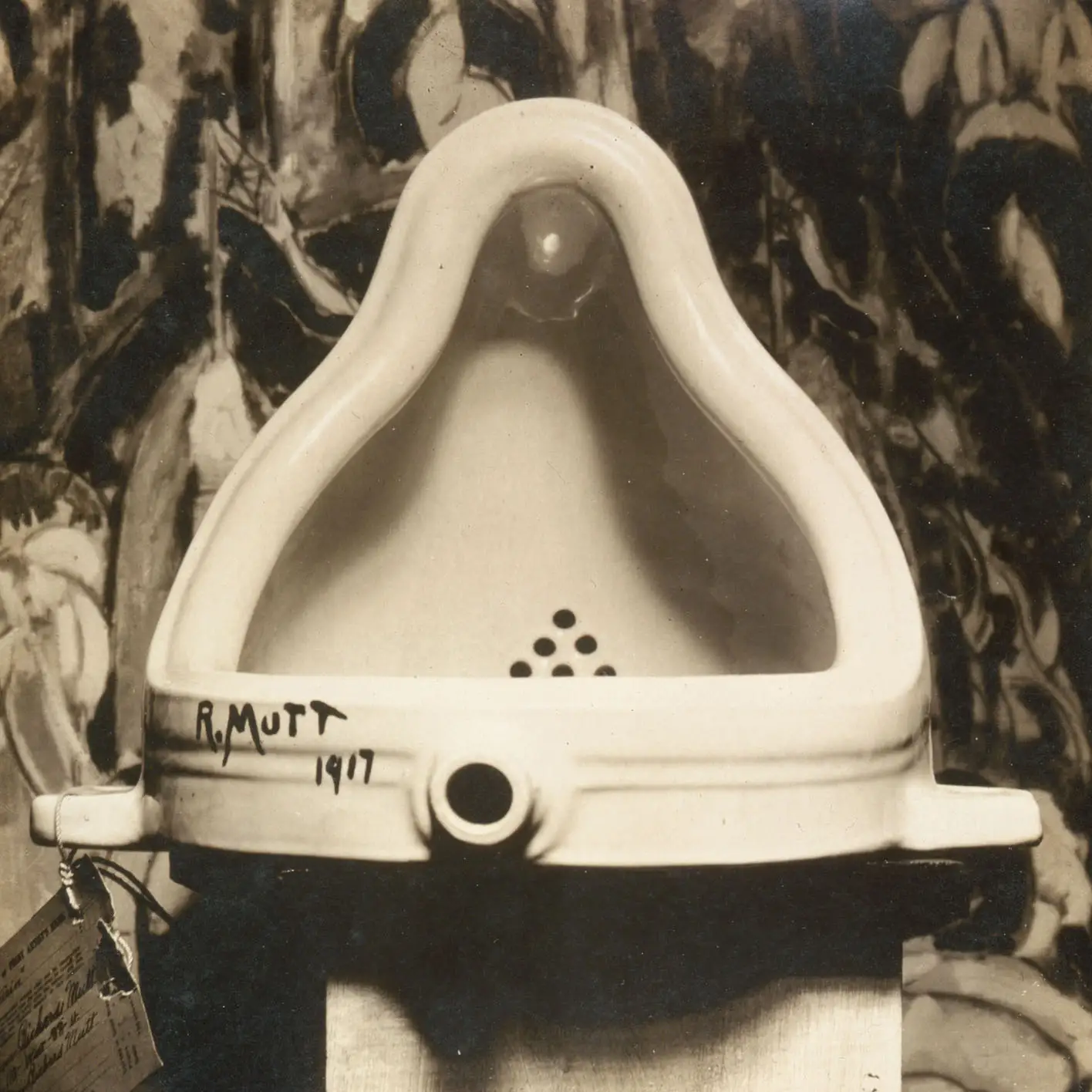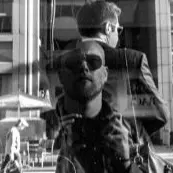Hans Bellmer
Known as a surrealist photographer, Hans Bellmer was born in Katowice, Germany (1902). At the age of 24, he worked as a draftsman for his own advertising company. However, when the Nazi party assumed control of Germany in 1933, Bellmer’s life changed drastically.
In fact, his first and best-known work, the life-size pubescent female dolls he produced, was made as a protest to the Nazi Party. Because Bellmer vowed he would not do any work to support the German state, his dolls served as a reaction against the Nazi’s obsession with the perfect body. He posed them in unconventional ways and in mutated forms.
Hans Bellmer’s Dolls: The La Poupee Series
A number of factors influenced Hans Bellmer’s art, including:
- the letters of Oskar Kokoschka, Der Fetisch, published in 1925
- the arrival of his beautiful female cousin, Ursula Naguschewski
- seeing a performance of Jacques Offenbach’s Tales of Hoffman in 1932 (in which a man falls tragically in love with an automaton named Olympia)
- the arrival of a box of old toys (shipped from his mother).
As Bellmer himself described, he developed a need “to construct an artificial girl with anatomical possibilities…capable of re-creating the heights of passion even to inventing new desires.”
Bellmer introduced his dolls to the world in the Surrealist journal Minotaure in France in December, 1934. This first compilation included eighteen photographs published under the title, “Doll: Variations on the Montage of an Articulated Minor.”
His dolls often take sexual poses, such as on a bare mattress or lacy cloth, occasionally enhanced by undergarments or an artificial rose. He sometimes posed the dolls naked or scantily clad. In one case, he used the technique of double exposure to include himself next to a doll in type of ghostly self-portrait.
Hans Bellmer’s essay, “Memories of the Doll Theme,” (1934), focused on the sexual aspect of the dolls. Although surrealists in general had a fascination with both mannequins and an idealized woman-child at that time, the erotic images in Bellmer’s essay and photographs departed drastically from the prevailing movement.
Nonetheless, the Surrealists, especially the man known as the founder of the surrealist movement, André Breton, adored his work. Bellmer was welcomed into the Parisian art culture.
However, he could not remain in Paris long, for his wife, Margarete, was dying of tuberculosis back in Berlin.
Hans Bellmer’s Flight and Imprisonment
Not too surprisingly, the Nazi Party declared Hans Bellmer a degenerate, forcing to flee the country in 1938.
Although welcomed in Paris and respected among the avant-garde of the art world, the French government arrested and imprisoned Bellmer. He spent most of World War II in the Camp des Milles prison in Aix-en-Provence.
After the War: Hans Bellmer and Unica Zürn
Hans Bellmer remained in Paris for the rest of his life. However, he gave up his doll making after the war, focusing instead on erotic drawings and sexually explicit photographs. In 1954, the German author and painter, Unica Zürn, entered his life. Along with writing stories and radio plays, she became Bellmer’s longtime model and moved with him from Berlin to Paris.
She starred in his second most famous series of work in 1958, “Unica,” a collection of bondage photos depicting her naked torso bound with string that caused her flesh to fold and bulge. Rather than being erotic works, the “Unica” collection portrayed another manipulation of the female body.
Tragically, Bellmer and Zürn’s union ended when Zürn, who suffered from depression, killed herself by jumping out of their apartment window in 1970. Bellmer died just five years later, on February 23, 1975.
Hans Bellmer’s Enduring Legacy
Bellmer’s work continues to fascinate and inspire many. Robert Whitaker credits Bellmer as a strong influence of his “Butcher Sleeve” photograph of the Beatles in 1966, in which the band members are draped with slabs of meat and dismembered doll parts. However, strong complaints from retailers forced Capital Records to pull copies of this original cover to the compilation album Yesterday and Today from shelves, making it extremely rare and valuable today.
These strong reactions tend to follow Bellmer’s work wherever it is shown. Even as recently as September 19, 2006, the Whitechapel Art Gallery in London had to withdraw several works from a 150-work Bellmer retrospective exhibition due to fears of offending London’s radical Islamic groups.
Yet, art galleries continue to display his work around the world, provoking combinations of awe and horror from all who study Hans Bellmer’s art.



